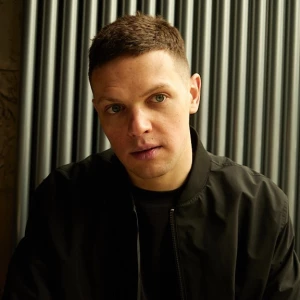Hello,
Was hoping someone could direct me to some resources for chart reading and analyzing. Been using case coach, but would like to know if anyone has any other resources they feel like helped a lot. (Would appreciate advice other than reading the financial times…).
Thank You!


















